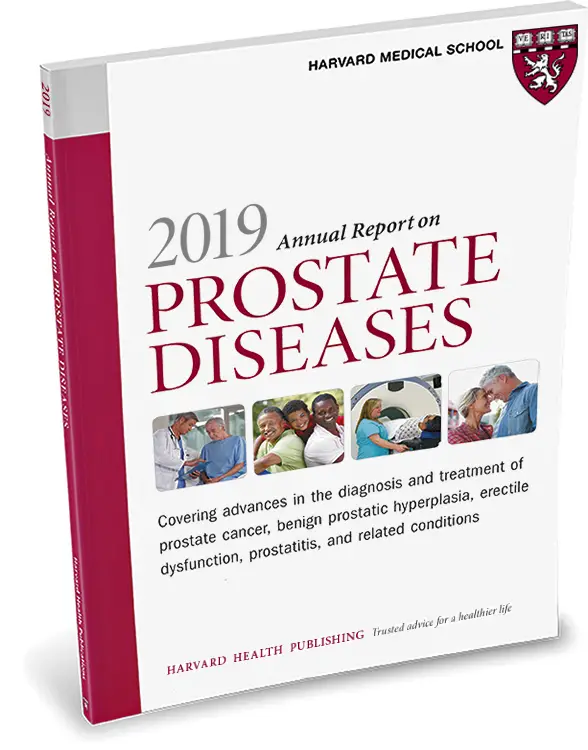Prostate cancer therapies are improving over time. But how do the long-term side effects from the various options available today compare? Results from a newly published study are providing some valuable insights.
Investigators at Vanderbilt University and the University of Texas MD Anderson Cancer Center spent five years tracking the sexual, bowel, urinary, and hormonal status of nearly 2,000 men after they had been treated for prostate cancer, or monitored with active surveillance (which entails checking the tumor periodically and treating it only if it begins to grow). Cancers in all the men were still confined to the prostate when diagnosed.
Dr. Karen Hoffman, a radiation oncologist at MD Anderson and the study’s first author, said the intent was to provide information that could help men choose from among the various therapeutic options. “Surgical and radiation techniques have changed significantly in the last few decades, and at the same time, active surveillance has become an increasingly acceptable strategy,” she said. “We wanted to understand the adverse events associated with contemporary approaches from the patient’s perspective.”
Roughly two-thirds of the men enrolled in the study had “favorable risk” cancer, which is nonaggressive and slow-growing. A quarter of these men chose active surveillance, and the rest were treated with one of three different methods:
- nerve-sparing prostatectomy (an operation to remove the prostate with the intent of sparing the nerves required for erections)
- external beam radiation therapy (EBRT)
- low-dose rate brachytherapy, which is a method for destroying cancerous tissues with tiny radioactive beads implanted inside the prostate gland.
Men with favorable risk cancer who chose EBRT or active surveillance tended to be older than men who choose surgery, likely because increasing age and illness make prostatectomy harder to tolerate.
The rest of the men in the study were diagnosed with “unfavorable risk” tumors that were more likely to spread. These men were treated either with prostatectomy, or with EBRT combined with drugs that block testosterone (a hormone that fuels growing prostate tumors).
What the results showed
After five years, there were no significant differences in survival associated with any of






